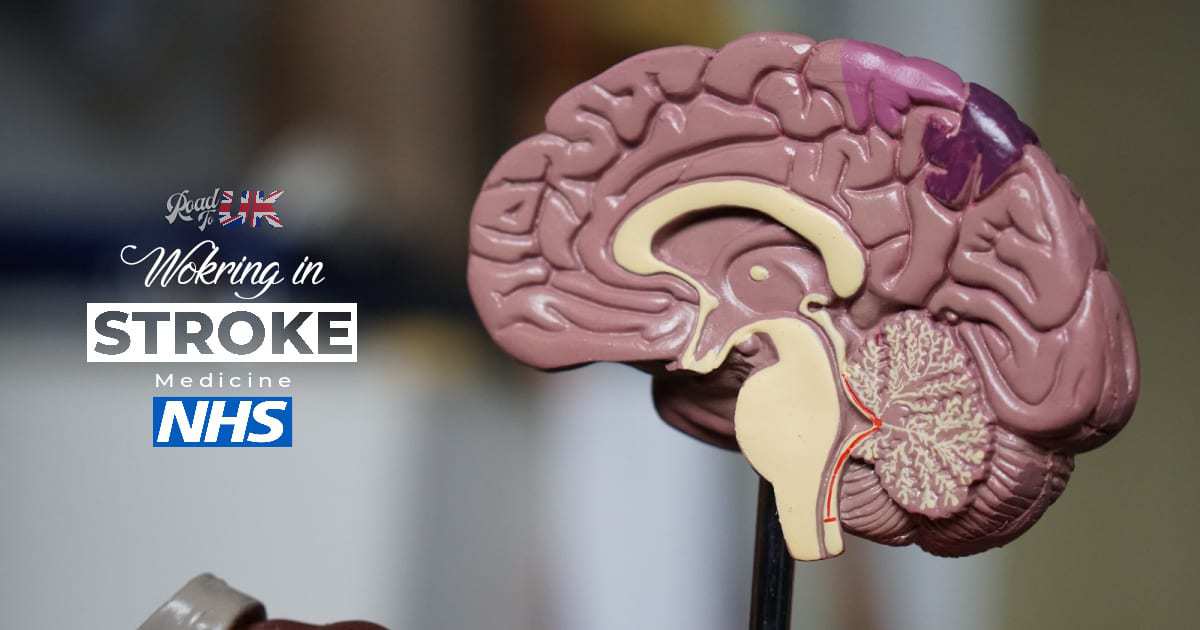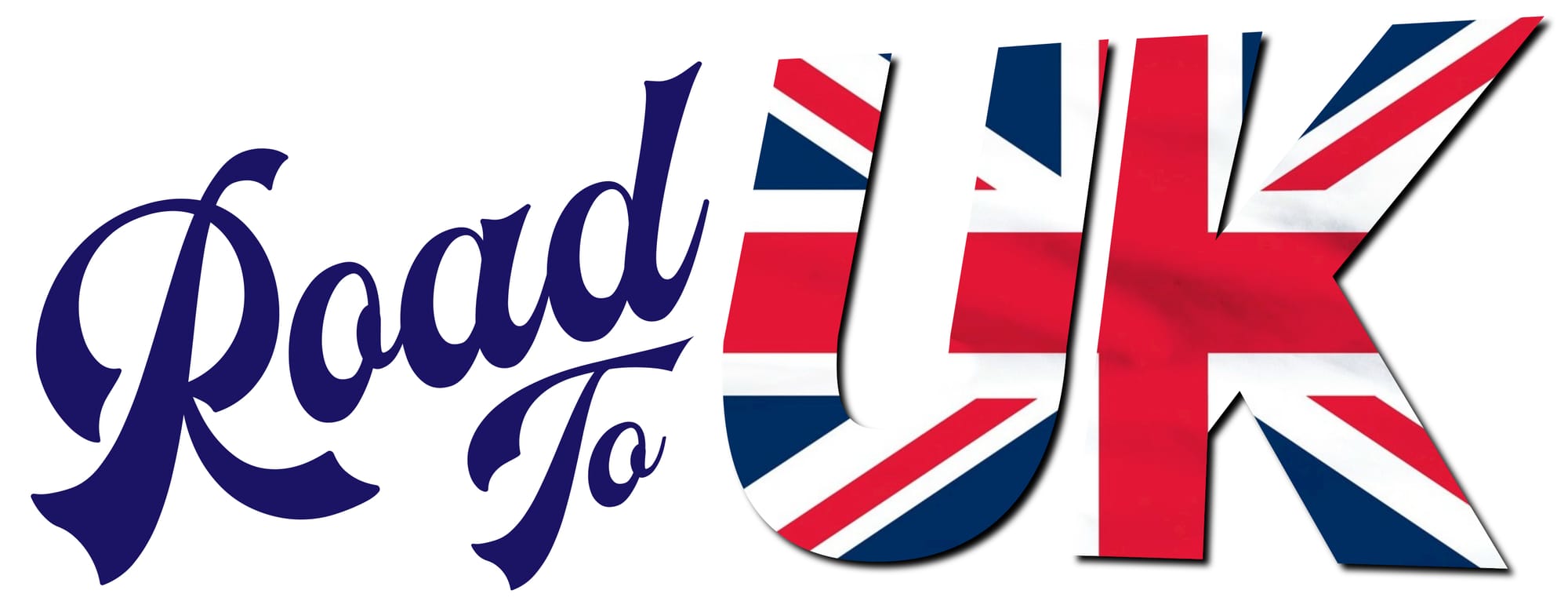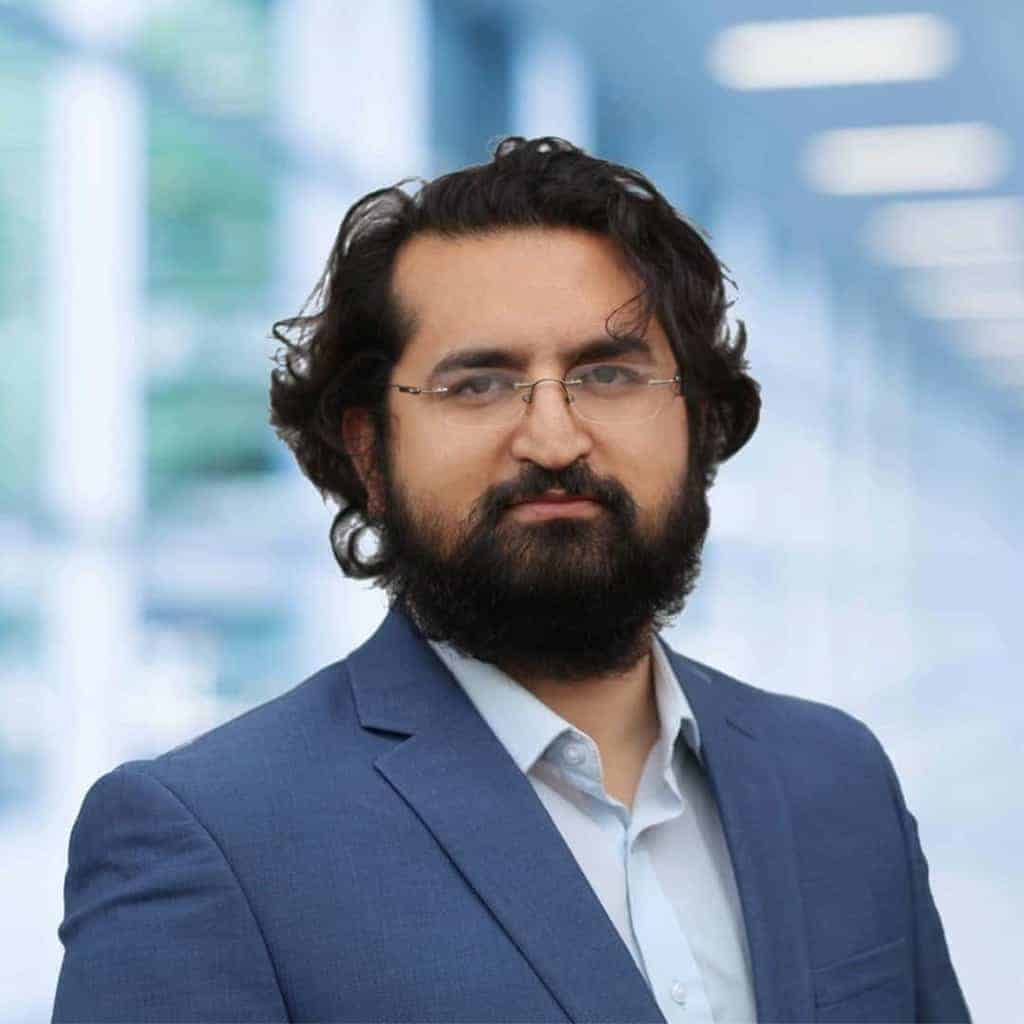Working in Stroke Medicine in the NHS

Stroke medicine in the NHS is a vibrant place to work as you have the chance to hone your clinical as well as radiological skills. There is a wide variety of patient exposure as strokes can affect any age (though most commonly in older individuals), but the presentations and correlations that can be made with scans is a great learning opportunity.
What can you expect?
When treating a patient who has had a stroke, a multi-disciplinary approach is required. It unfortunately is not a condition that will correct itself by medicine alone. A patient more often than not must undergo physiotherapy, speech and swallow assessments, reviews by dietitians, and an occupational therapist review of their living conditions.
This is very important to keep in mind when you are working on the ward, be it as a junior doctor, registrar, or consultant. Without the aid of a team of individuals, the majority of patients will be unable to successfully be discharged from the hospital.
It’s a good idea to know the Bamford classification of stroke:
TACS (Total anterior circulation stroke)
- Dense hemiparesis
- Visual field loss
- Dysphasia
- Contralateral neglect
PACS (Partial anterior circulation stroke)
- Consists of 1-2 of the symptoms that present with TACS but not all
LACS (Lacunar stroke)
- Pure motor hemiparesis
- Pure sensory hemiparesis
- Sensory-motor hemiparesis
- Ataxic hemiparesis
- No neglect
- Speech and vision remain normal
POCS (Posterior Circulation Stroke)
- Loss of consciousness
- Ataxia
- Cranial nerve palsy
- Isolated homonymous hemianopia
- Dysarthria
What type of patients are admitted?
There are many different types of strokes, and by working in this department, you have the advantage of learning how to read CT and MRI scans. You can find that you’re seeing the stereotyped patient- significant co-morbidities as well as the family history that have led to the individual presenting with features of a hemorrhagic or ischemic stroke. There is also the occasional patient who has led a fairly healthy life, young, the exact opposite of what you’d expect in a patient in the stroke medicine ward in the NHS- and yet they’ve had one.
Occasionally the stroke will be well hidden on the initial CT but the MRI turns up the culprit. The interesting part of dealing with stroke patients is the process (at least in my opinion). You will often come across patients who will clinically look very stable but then you see their scan and you wonder how they are otherwise alright. The distinguishing features of certain strokes that you can make out from the clinical picture is also quite intriguing- it’s a good way to keep your theory sharp!

Things to know on the ward
This is just a basic list from our experience of working in stroke, but it is definitely a good source to prepare from, be it for an interview, or before you start working in stroke:
- Ischemic stroke vs Intracranial bleed (and management)
- When to thrombolyze
- Risk factors for stroke
- NIH Stroke Score (NIHSS)
- CHA2DS2-VASc & HASBLED scores
- Important blood tests for stroke
- Neurological examinations (especially cranial nerves)
A great resource to use to prepare from is the Oxford Handbook of Clinical Medicine.
Opportunities in stroke ward
One of the biggest opportunities in the stroke medicine ward is to start a Quality Improvement Project (QIP) or do a clinical audit. There are so many guidelines regarding the management of acute or hyperacute stroke as well as the other side of the spectrum, rehabilitation after stroke – so it’s easy to speak to a consultant and chalk up a QIP.
Please read Clinical Audits & QIPs in the NHS for more info.
Another opportunity is having to closely work with a multidisciplinary team. The team will consist of physiotherapists, occupational therapists, speech and language therapies and definitely nurses and social workers. You get the true sense of working as a team for the betterment of a patient in stroke medicine in the NHS.
You have opportunities of getting your hands on some procedures like NG tube insertions a lot. And the other usual stuff like cannula, venepuncture etc is ubiquitous.
How to get into Stroke Medicine training?
Stroke medicine is not a speciality training in its own right. One year of extra subspecialty training in Stroke Medicine allows you to be a stroke physician while completing speciality training in geriatric medicine, neurology, acute medicine etc.
If you qualify, applying for Internal Medicine Training (IMT) would be a step in the right direction. You’d need to complete the full three years and look towards applying for a speciality training post in one of the specialities mentioned before, and upon completion of that training, you’d need to add an extra year of subspecialty training specifically for Stroke Medicine.
Alternatively, if you have already completed MRCP and wish to apply directly into speciality training, you may do so as long as your core competencies are signed off. You’d still, however, need to add an extra year for Stroke Medicine.
Still have questions?
Check out the insight given into the field by a consultant in stroke medicine:
If you have any other concerns about starting your new job, don’t hesitate to check out Your First Day on the Job as well as Role of a Junior Doctor in the NHS.

